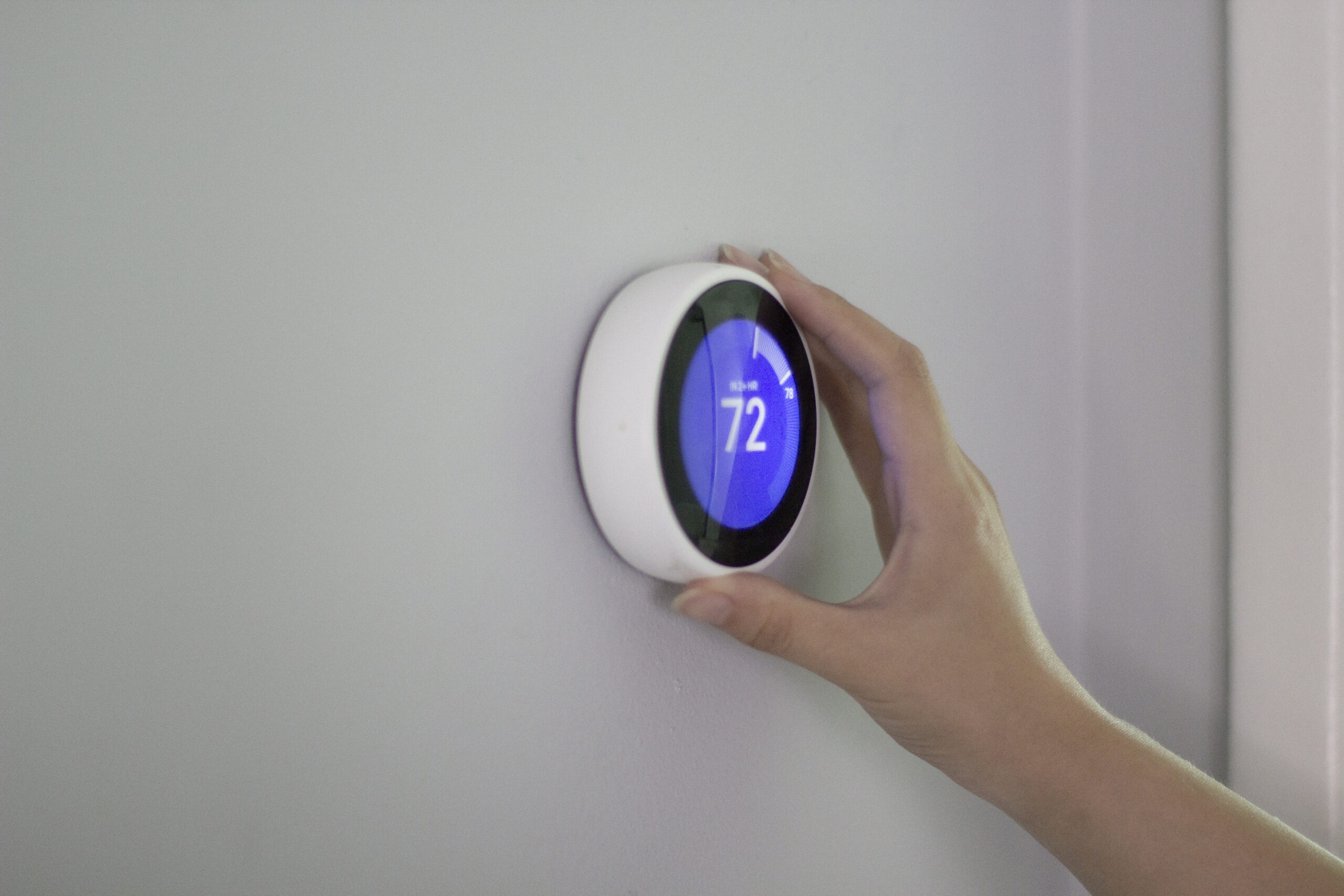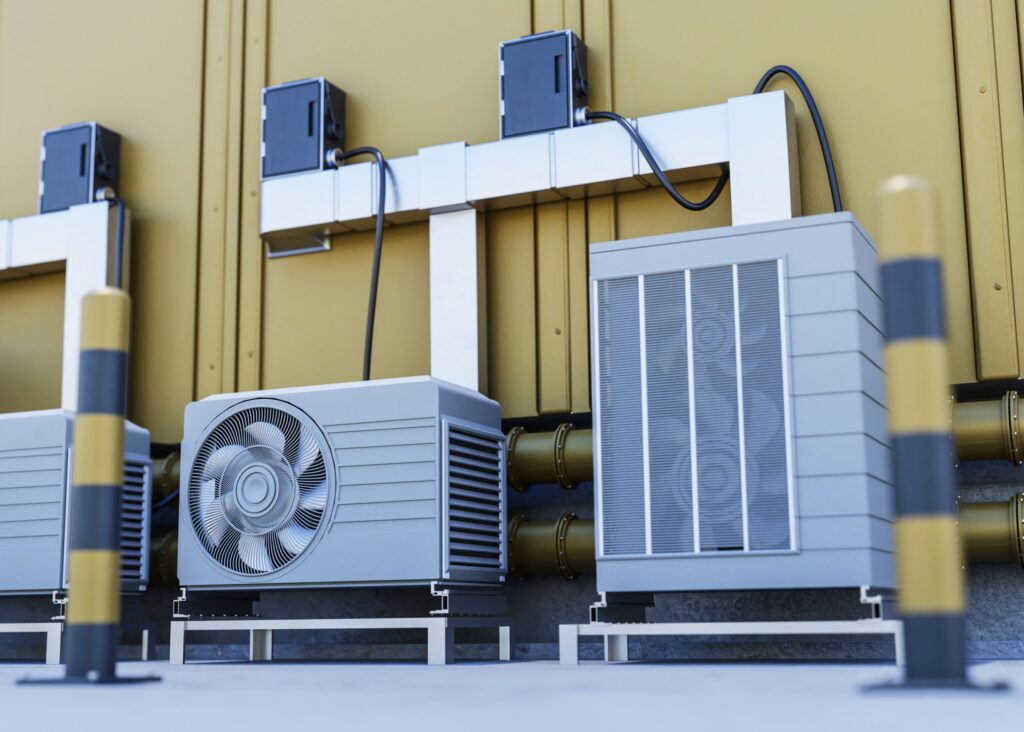- Pet Food Dispenser With Camera: The Ultimate Way to Monitor Your Pet’s Meals! - November 16, 2023
- Automatic Pet Feeder With Timer: A Time-Saving Solution for Busy Pet Owners - November 16, 2023
- Pet Tracker for Small Dogs: Discover the Ultimate Solution for Tracking Your Furry Friend - November 16, 2023
Seasonal thermostat usage patterns vary depending on the season and can greatly impact energy consumption. Adapting to seasonal changes, analyzing energy usage patterns, and utilizing smart thermostats are effective ways to optimize energy consumption and save on costs.
These methods ensure that the thermostat is set at the most appropriate temperature for each season, providing comfort while minimizing energy waste. In the summer, setting the thermostat to a higher temperature can help reduce excessive energy consumption while still maintaining a cool indoor environment.
Conversely, in the winter, finding the optimal temperature to keep the thermostat at can save money and keep the home warm. By understanding and following these seasonal thermostat usage patterns, homeowners can achieve energy efficiency and cost-effectiveness throughout the year.
Understanding Seasonal Thermostat Usage
Understanding Seasonal Thermostat Usage
The Impact Of Seasonal Changes On Thermostat Settings
As the seasons change, so do our thermostat settings. The temperature outside directly affects how we program our thermostats to maintain a comfortable indoor climate. It’s essential to understand the impact of these seasonal changes on our thermostat settings to optimize energy usage and ensure cost-effective comfort.
Analyzing Energy Usage Patterns
By analyzing our energy usage patterns, we can gain insights into how our thermostat settings affect our energy consumption. During the summer months, when the weather is warm, it’s common to set our thermostats to a lower temperature to keep our homes cool. However, this can lead to increased energy usage and higher utility bills. On the other hand, during the winter months, we tend to raise the thermostat to combat the cold weather, which can also result in higher energy consumption.
To optimize energy usage and minimize costs, it’s important to analyze our energy usage patterns and identify opportunities for improvement. One way to achieve this is by leveraging the capabilities of smart thermostats. These advanced devices can track our energy usage and provide valuable data, allowing us to make informed decisions about our thermostat settings.
Optimal Temperature Range For Each Season
Adhering to an optimal temperature range for each season can help strike the right balance between comfort and energy efficiency. Here are some general guidelines:
| Season | Optimal Temperature Range |
|---|---|
| Summer | 78°F – 82°F |
| Fall | 68°F – 72°F |
| Winter | 68°F – 72°F |
| Spring | 68°F – 72°F |
These temperature ranges provide a starting point for setting your thermostat, but it’s important to remember that individual preferences may vary. Factors such as insulation, occupancy, and personal comfort should also be taken into consideration when determining the optimal temperature range for your home during each season.
By understanding the impact of seasonal changes on thermostat settings, analyzing energy usage patterns, and adhering to an optimal temperature range for each season, we can achieve a comfortable living environment while minimizing energy consumption and reducing our carbon footprint.
Fall And Winter Usage Patterns
Balancing Comfort And Energy Efficiency During Colder Months
When the temperatures drop during the fall and winter months, it’s tempting to crank up the thermostat for maximum comfort. However, finding the right balance between staying warm and conserving energy is crucial. By implementing smart thermostat usage patterns, you can achieve both goals. Smart thermostats offer advanced features that allow you to program and adjust temperature settings according to your lifestyle and occupancy patterns, ensuring a comfortable living environment while minimizing energy wastage.
Recommended Thermostat Settings For Fall And Winter
Determining the ideal thermostat settings for fall and winter depends on several factors. The U.S. Department of Energy recommends setting your thermostat to 68°F (20°C) during the day when you’re at home and lowering it by a few degrees at night or when you’re away. This slight adjustment in temperature can significantly reduce energy consumption and save you money on your heating bills. However, it’s essential to find the right balance for your personal comfort and energy efficiency needs. Below are some general thermostat settings to consider:
- During the day when you’re at home, set the thermostat to 68°F (20°C) or lower, depending on your comfort level.
- At night or when you’re away, lower the thermostat by a few degrees to save energy.
- If you have pets or household members who are sensitive to the cold, consider setting the thermostat to a slightly higher temperature to ensure their comfort.
- Remember that every degree you lower your thermostat can result in significant energy savings.
Adjusting Temperature Settings According To Occupancy Patterns
To optimize energy consumption and ensure comfort throughout fall and winter, it’s important to adjust your thermostat settings based on your occupancy patterns. Occupancy sensors, available in many smart thermostats, can detect when people are present in a room or when your home is empty. By utilizing these sensors, you can automate temperature adjustments to align with your family’s routine. For example, you can set the thermostat to lower the temperature when everyone leaves the house and raise it back up before the first person returns home. This way, you can maintain a comfortable temperature when needed while minimizing energy usage during unoccupied periods.
Optimizing Thermostat Usage In Spring
htmlTransitioning From Heating To Cooling
As the weather starts to warm up, it’s essential to transition your thermostat settings from heating to cooling. This shift not only helps you maintain a comfortable living environment but also ensures energy efficiency. Switching from heating to cooling can be a smooth process if you follow a few simple steps.
Setting Temperature For Energy Efficiency And Comfort In Spring
When it comes to setting the temperature on your thermostat for spring, finding a balance between energy efficiency and comfort is key. Here are a few tips to optimize your thermostat settings:
- Set the temperature a few degrees higher than your comfort level. A slight increase can significantly reduce energy consumption.
- Consider using a programmable thermostat to automate temperature adjustments based on your daily schedule.
- Utilize natural ventilation during cooler nights by opening windows and turning off the air conditioning.
- Take advantage of ceiling fans to enhance the cooling effect and reduce reliance on air conditioning.
Utilizing Programmable Thermostats For Seasonal Changes
A programmable thermostat can be your best ally when it comes to adapting to seasonal changes. By utilizing a programmable thermostat, you can easily preset temperature adjustments for different times of the day. This can help you achieve optimal energy efficiency without sacrificing comfort.
Here’s an example of how you can utilize a programmable thermostat for spring:
| Time | Temperature |
|---|---|
| Morning (6am – 9am) | 72°F |
| Daytime (9am – 5pm) | 78°F |
| Evening (5pm – 10pm) | 74°F |
| Night (10pm – 6am) | 70°F |
By adjusting the temperature settings based on your daily routine, you can ensure energy efficiency during the spring season.
Maintaining Efficiency In Summer
In summer, finding the perfect thermostat settings can help keep your home cool without excessive energy consumption. The U.S. Department of Energy recommends implementing energy-saving strategies for cooling in summer, setting the thermostat for maximum comfort without excessive energy consumption, and using smart thermostats to adapt to seasonal changes.
Energy-saving Strategies For Cooling In Summer
Implementing energy-saving strategies can help you stay comfortable while reducing your energy consumption during the hot summer months. Here are some strategies you can use:
- Keep your blinds and curtains closed during the day to block out the sun’s heat.
- Use ceiling fans to circulate air and create a cooling effect.
- Use a programmable thermostat to adjust the temperature automatically based on your schedule.
- Seal air leaks around windows and doors to prevent cool air from escaping.
- Consider using shade trees or adding awnings to block direct sunlight from entering your home.
Setting Thermostat For Maximum Comfort Without Excessive Energy Consumption
Setting your thermostat to the optimal temperature can help you stay comfortable without wasting energy. Here are some guidelines to follow:
- During the summer, set your thermostat to 78 degrees Fahrenheit or higher when you are at home.
- When you are away or asleep, increase the temperature by a few degrees to save energy.
- Utilize the “auto” mode on your thermostat, which allows it to automatically adjust the temperature based on your preferences and the current conditions.
- Consider using a programmable or smart thermostat to have more control over your cooling settings and optimize energy usage.
Using Smart Thermostats To Adapt To Seasonal Changes
Smart thermostats offer advanced features that can help you adapt to seasonal changes and ensure maximum efficiency. Here are some benefits of using a smart thermostat:
- Smart thermostats can learn your schedule and adjust the temperature accordingly, saving energy when you are away.
- They can be controlled remotely through mobile apps, allowing you to make temperature adjustments even when you’re not at home.
- Some smart thermostats use occupancy sensors to detect when no one is in a particular room and adjust the temperature accordingly, reducing energy waste.
- Many smart thermostats provide energy usage reports and recommendations, helping you make informed decisions to further optimize energy consumption.
By implementing these strategies and utilizing smart thermostats, you can maintain efficiency in summer and enjoy a comfortable, energy-efficient home.

Credit: scottleeheating.com
Frequently Asked Questions On Seasonal Thermostat Usage Patterns
What Should The Thermostat Be Set At In The Fall And Winter?
Set your thermostat to a comfortable temperature in the fall and winter, but avoid constant temperature settings. This wastes energy. Instead, adjust the temperature based on your occupancy. Smart thermostats can optimize energy consumption by adapting to seasonal changes and occupancy patterns.
Find the sweet spot to save money and stay warm.
What Is The Cheapest Temperature To Keep Your House In Winter?
The cheapest temperature to keep your house in winter is around 68 degrees Fahrenheit. Keeping it lower can save on heating costs.
Is It Cheaper To Leave Your Thermostat At One Temperature?
Keeping your thermostat at one constant temperature may not be cheaper. Constant running of your HVAC system when you’re not at home or asleep wastes energy. It’s better to adjust the temperature based on your occupancy to save energy.
What Should A Manufactured Home Thermostat Be Set At During The Winter?
During the winter, a manufactured home thermostat should be set at a comfortable temperature to keep the house warm.
Q: What Should The Thermostat Be Set At In The Fall And Winter?
A: Set your thermostat to a temperature that is comfortable for you, typically around 68-72 degrees Fahrenheit.
Conclusion
As the seasons change, understanding the patterns of thermostat usage is crucial for maintaining a comfortable home. Smart thermostats are designed to adapt to seasonal changes and optimize energy consumption. By analyzing energy usage patterns and utilizing occupancy sensors, these devices can help you reduce energy waste and save money.
The internet is filled with recommended thermostat settings for each season, allowing you to find the perfect temperature for your home without excessive energy consumption. By following these guidelines, you can ensure a comfortable living environment while minimizing your carbon footprint.


